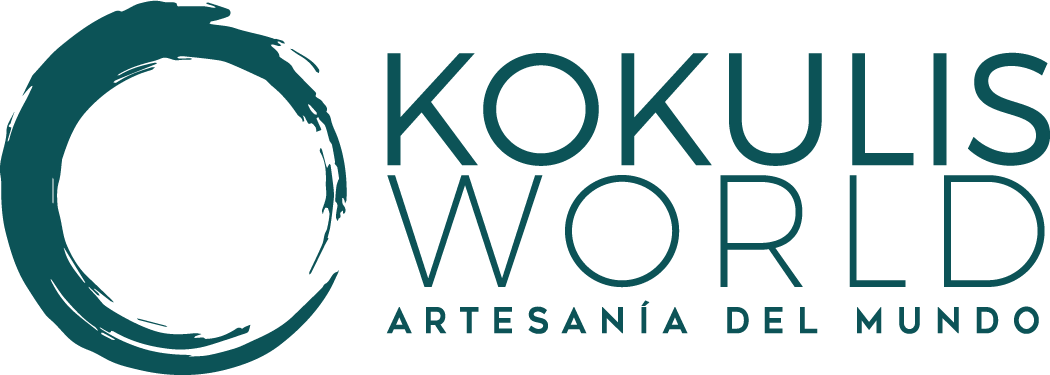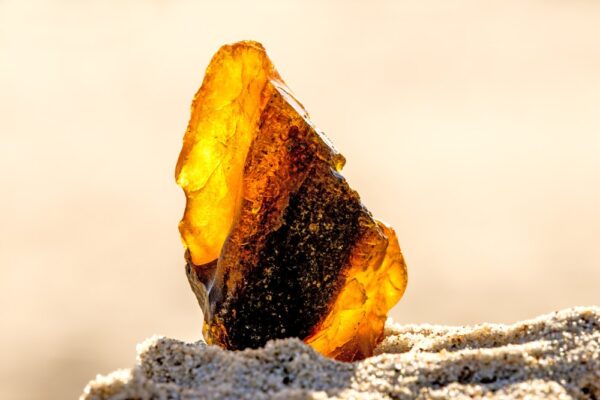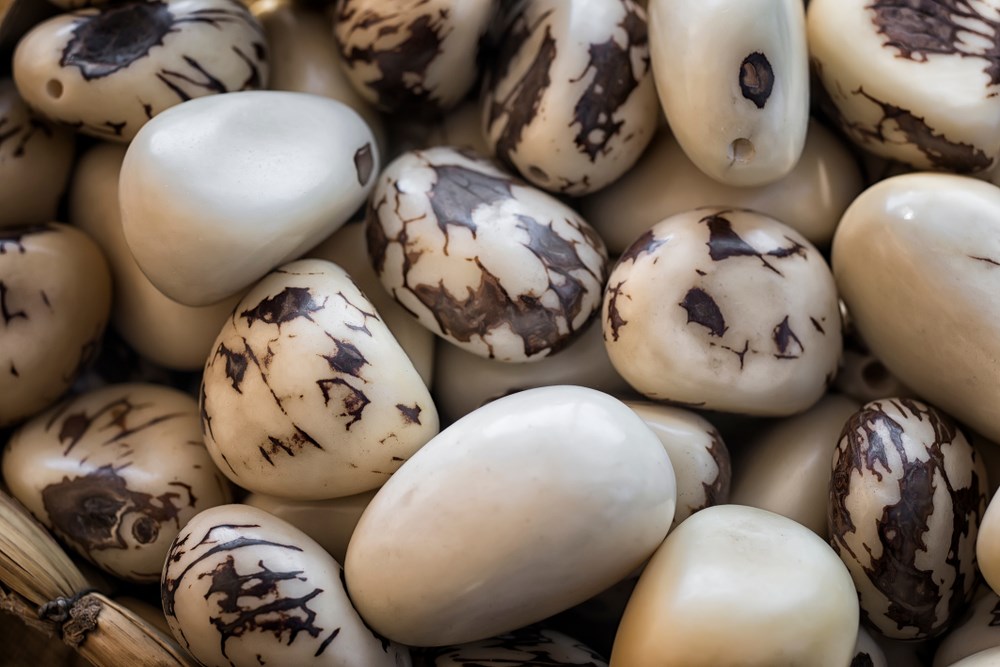
Tagua Nut Guide: South America’s Vegetable Ivory (Vegan, Sustainable)
The Tagua nut also known as Vegetable Ivory comes from a genus of palm trees known as Phytelephas Macrocarpa that are indigenous to the tropical regions of South America. These palms can live up to 180 years and grow to a height of about 8-10 meters and bear fruit after about 10 years in the form of tagua nuts ranging in size of a cherry to a grapefruit.
Tagua is pure cellulose and before it matures it has a milky sweet creamy liquid that becomes extremely hard after 4-8 weeks. The structure and grain is similar to that of elephant ivory, but is much more dense and resilient. It resembles the finest ivory texture and the color is slightly softer than normal ivory. Tagua has been known and used by craftsman for years and is viewed as a sustainable alternative to ivory derived from animals, and responsible cultivation and harvesting of tagua may also help with rain forest conservation in South America.
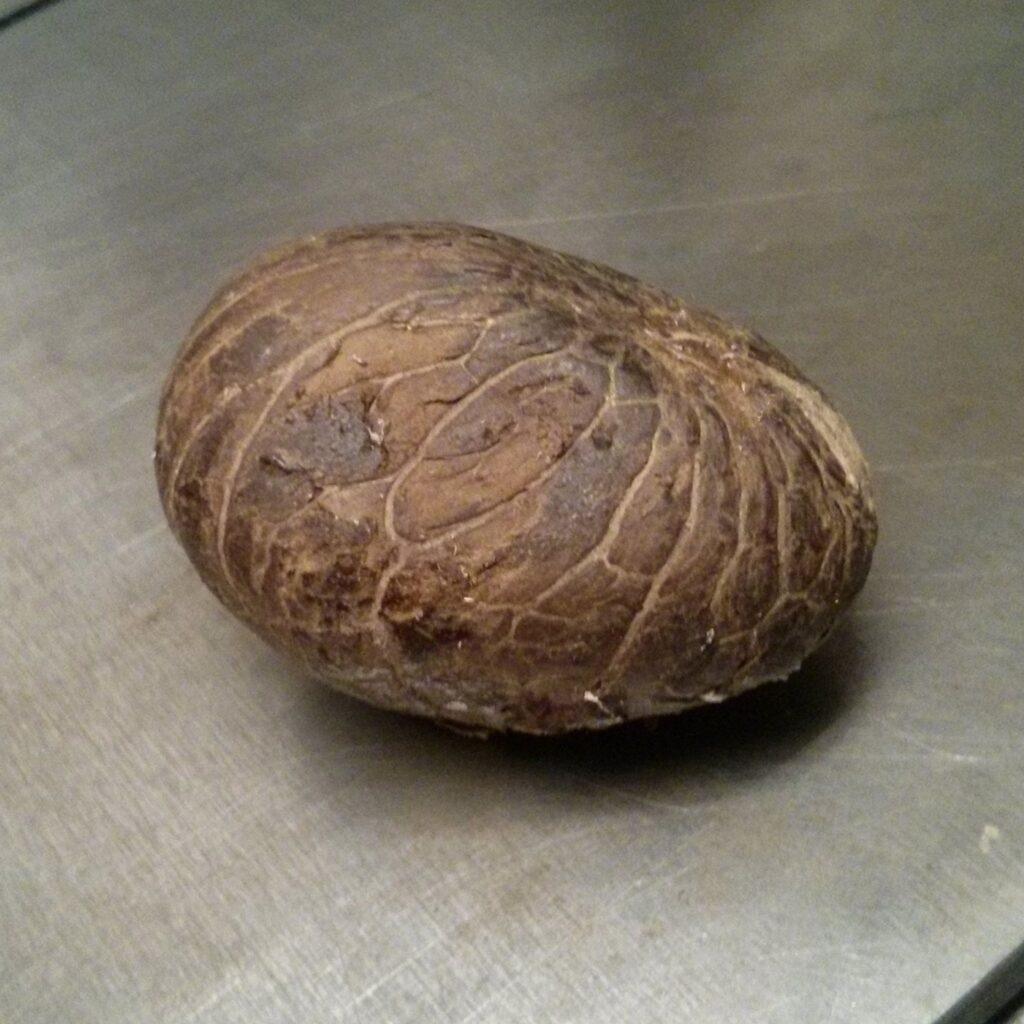
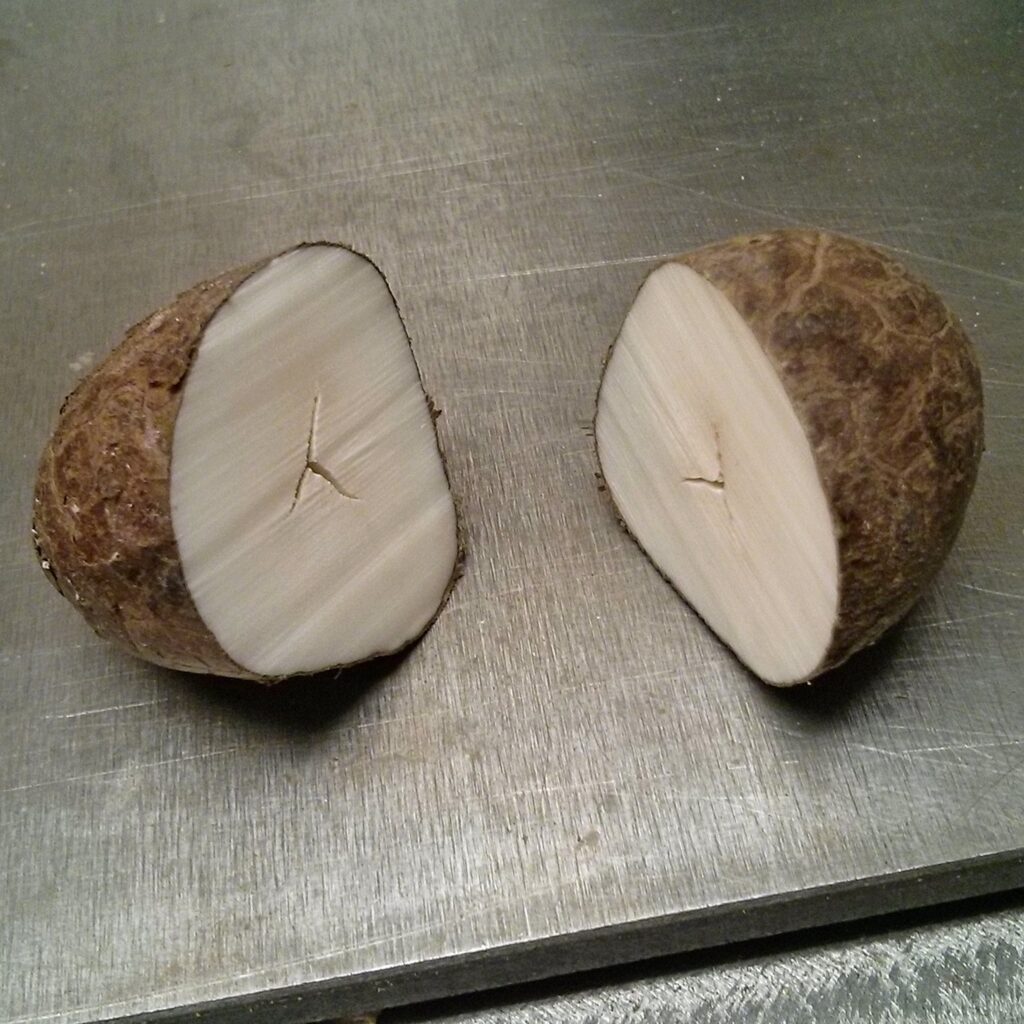
For over two hundred years vegetable ivory has been used by ivory carvers to make fashion accessories like buttons, necklaces, sculptures, figurines, and even chess pieces. Other uses found were cane and umbrella handles, pipes, sewing needle cases, and the fine art of scrimshaw.
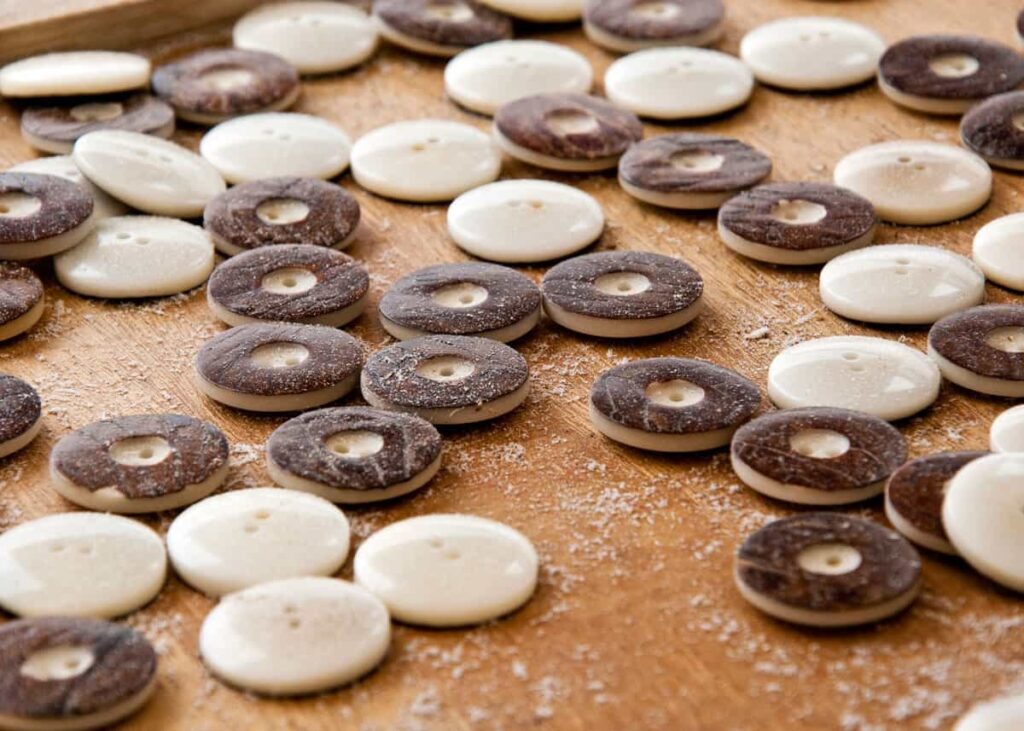
Interesting Facts:
- The Amazonian Indians believes that Vegetable Ivory, or Tagua Nut, nut brings prosperity, happiness, love and abundance.
- Mayans, Incas, Aztecs, and natives of South and Central America used Tagua for emotional and spiritual health and well-being. To them, Tagua is sacred.
- Last century, until the breakthrough of the plastics, Tagua was widely used for making buttons (even for U.S. Army uniforms).
- Over the last twenty years Tagua use has once again has become popular for those who want something more exclusive and eco-friendly than plastic.
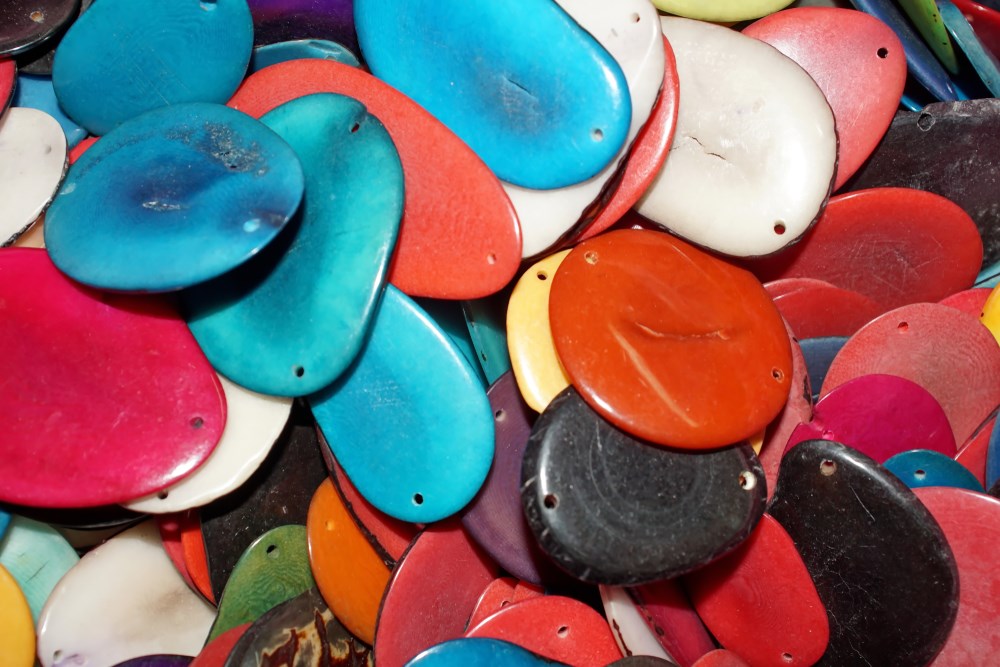
Discover our exclusive collection of Tagua seed jewels
